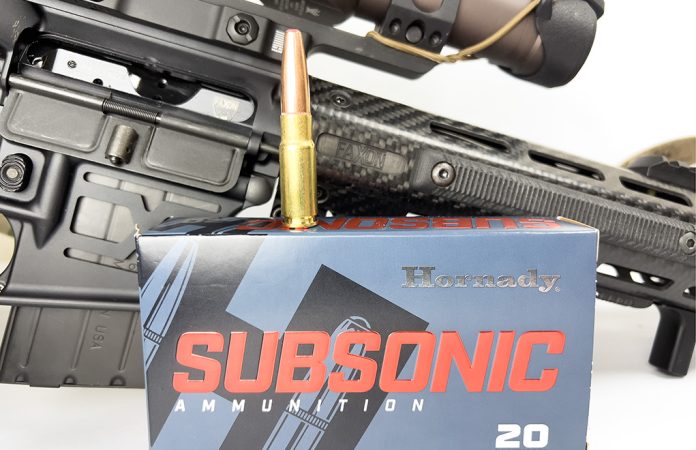Less velocity means less power, but it can also mean a lot less noise. Here we discuss modern subsonic ammo.
Slowing down isn’t something that I am particularly good at. The nature of my life and work makes it fast-paced, often to the point of exhaustion, and the ability to take a minute isn’t always available when I want it. See, slowing down means that some things don’t get done, there is more room for error in the long-term schedule, and the cracks I left become more noticeable if I have a chance to look at them instead of just breeze past.
There’s an art to taking it easy, and it involves being comfortable with the pace. Before I delve too far into my undiagnosed issues, I do want to draw the comparison between this outlook and the subject of subsonic ammunition. We’re taking away the main benefit of bullets—speed—and deliberately seeking to reduce our range and power in the name of staying under the supersonic barrier.
Making things work at these slow speeds is an art, and it comes with challenges that will make you see your cracks as a rifleman.
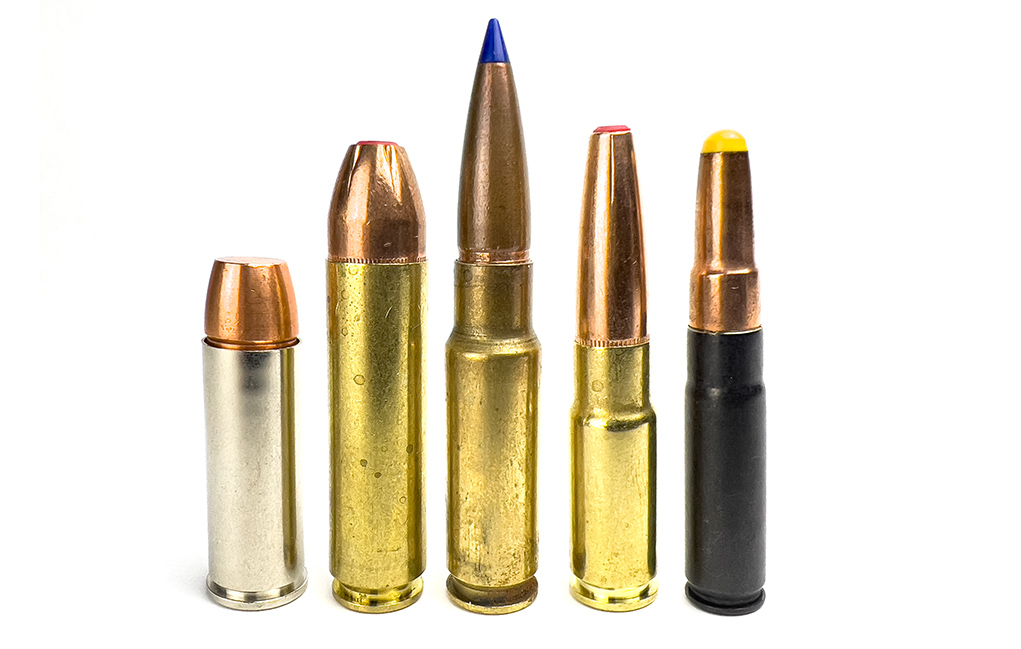
An Objective Look At Subsonic Ammo
For the purposes of this article, we’re going to be talking about rifles and rifle ammunition. Where handguns are concerned, there’s perhaps only a relative discussion on suppressed hunting with larger-bore pistols, such as .45 ACP—arguably the only real choice for use suppressed in subsonic form for medium game. I’ve had great success with pistol hunting with .45 ACP at close range, say inside 40 yards, and the big, slow bullets easily punch through a deer while being paintball gun-like in noise level.
This is very specialized hunting, and most people would be trying to get a lot of speed from something in 10mm, .44 Mag, .357 Mag, .45 Colt and others. You can really crank a 270-grain hardcast up in a Ruger-frame .45 Colt, but that’s just not a suppressor proposition.

In general, when I’m talking about subsonic use, I’m talking about suppressed use. When it comes to subsonic loads without a suppressor, there is—at least to me—no real point unless you want the challenge.
The main issue surrounding this is that subsonic loads are still really loud without a suppressor. People get in their head that firing a subsonic .450 Bushmaster is going to be something like firing a subsonic .22 LR, but it’s not even close … or hearing safe at all. Ballistics with subsonics aren’t great across the board, and there stands to reason that if you’re firing without a suppressor, there’s no actual reason to use subsonic ammunition considering you’ll need ear protection.
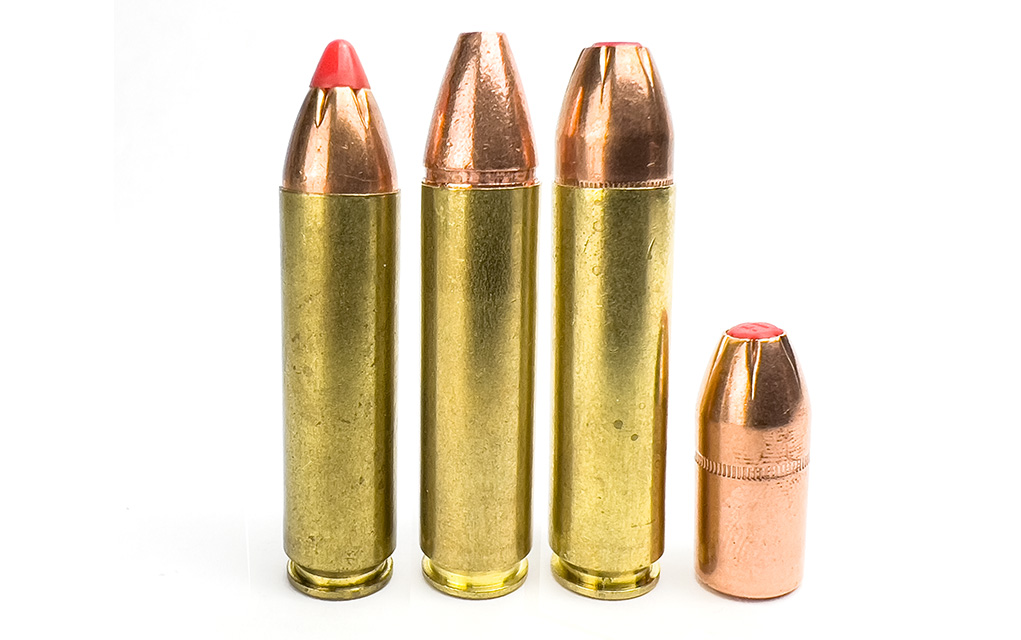
Suppressors and subsonic ammo are a match made in heaven, but it isn’t all roses. There are a good number of considerations to make, and picking the right combo of rifle, barrel length, cartridge, suppressor and ammo is important. You need to see subsonic ammunition in the modern sense as a part of a wider system.
It’s only recently that we’re seeing specialized ammunition emerge that’s largely dedicated to subsonic use. These ideas have taken a while to enter the mainstream consciousness of American shooters and hunters, and there’s still a great deal of misunderstanding involved that might trip people up.
For starters, every subsonic chambering I can think of still has a supersonic ability. For instance, you can shoot some really heavy .300 Blackout loads but still use the cartridge in 110-grain form supersonic. Bear in mind that many pistol-only suppressors can handle the mild .300 BLK subs but aren’t to be used with supersonic versions. This has to do with the pressure that the suppressor can handle. Now, you can simply adapt many rifle-rated cans to pistol use, but the other way around isn’t feasible unless you’re absolutely sure an errant round won’t make its way into your magazine, or your buddy wants to give it a go with his own ammo.
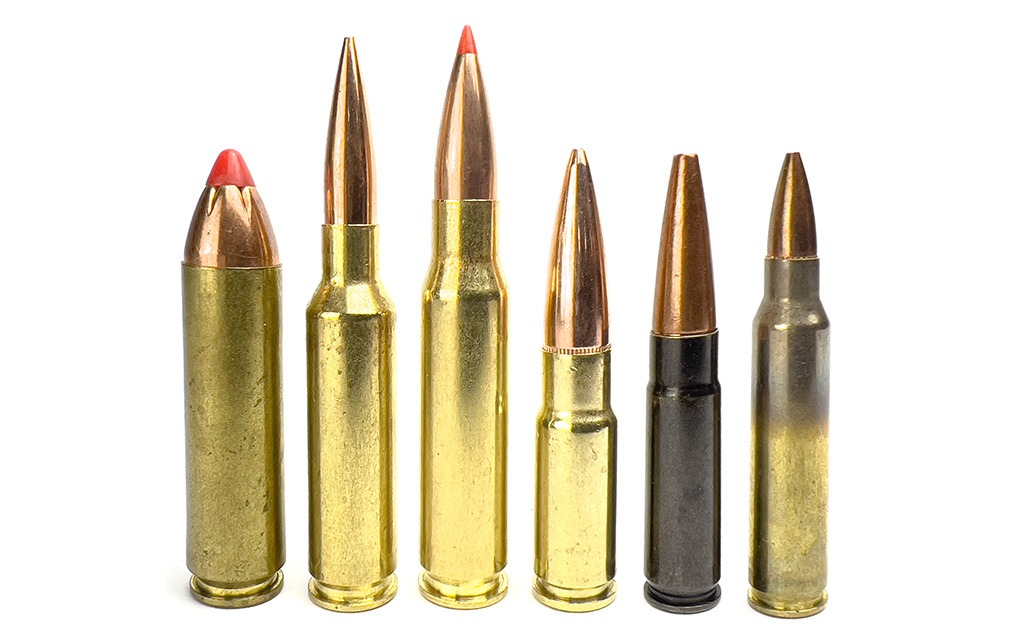
The next and more important point is that people tend to look at this type of ammunition as a function of the cartridge, not the bullet itself. Take for instance the .450 Bushmaster, a widely used straight-walled cartridge. In supersonic form, it’s still of somewhat limited range, and I consider it to be good to around 200 meters from a 150-meter zero. Even with excellent ammo like Hornady and Remington, it still has a good amount of drop. In general, I am zeroed a mil high at 100 meters, right on at 150 meters, and 1 mil low at 200 meters.
That’s easy math, but compared to something like a .308 Win., 6.5 Creedmoor or 6 ARC, this is abysmal.
However, at short range, the .450 is known to be an absolute hammer of a round out of compact guns. I see no reason to ever go over 16 inches in barrel length, and out of that length you get the best performance for both supersonic and subsonic loads. Of note, the 395-grain Hornady Sub-X is arguably the best option for this caliber in subsonic form, and it’s quite different from its supersonic counterparts. The drop from zero is not just inches, but entire mils. If you plan to shoot both supers and subs, you’ll need an optic that can track this, such as the Leupold MK5 HD I use. It’s very simple to dial up your subsonic zero off your super zero, but don’t forget to pop it back down, otherwise you’ll be firing quite high.
Of note is that all subsonic loads suffer thusly. The velocity is by necessity under the sound barrier, so most ammo is loaded just a touch north of 1,000 fps. Regardless of caliber, you’ll need to compensate for some substantial drop off your zero. The issue here arises from the fact that gravity is utterly unforgiving, and even our most technologically advanced subsonic loads have essentially the same shortcoming.
Now, it’s arguable how far of an effective range subs have. This is a pretty hotly debated topic, and I lean toward the more conservative side of the argument: Subs are a short-range proposition and should be treated as such. Flight time matters a lot, as does ammunition consistency. If you’re following along, these are some of the cracks that appear as you slow down. Minor variations in distance to target and velocity can dramatically impact where your bullet … well … impacts. The longer the distance, say 100 to 200 meters, the more variables come into play that, with a supersonic rifle cartridge like .308 Win., you wouldn’t begin to experience until ranges of 500 yards or more.
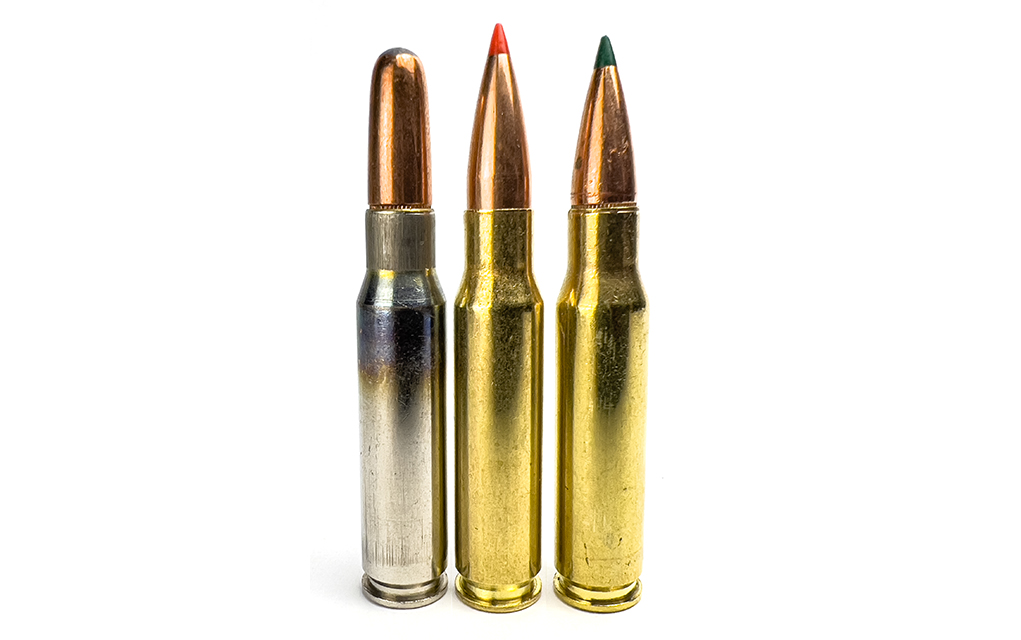
Subsonic loads past 100 yards will show you what kind of rifleman you are, just like shooting at 1,000 yards with a supersonic load will. Your mistakes and the faults in your ammo will be shown.
What is ‘Proper Power?’
I’ve killed a fair amount of medium to large game animals with subsonic loads. In my experience with the topic, I’ve seen no real indicator that the game being hit knew if they were tagged by a bullet under the speed of sound compared with being hit with a supersonic load.
In my experience, if you can master the drop of a subsonic load, in general, you can kill anything. There’s a notion that you need a certain number of foot-pounds to kill animals of a certain size. This is a great thing to consider as a baseline, and there are plenty of writers with decades of experience on me that can give insight. However, the writers of the era prior were racing to talk about speed and power—here I’m talking about deliberate handicaps.
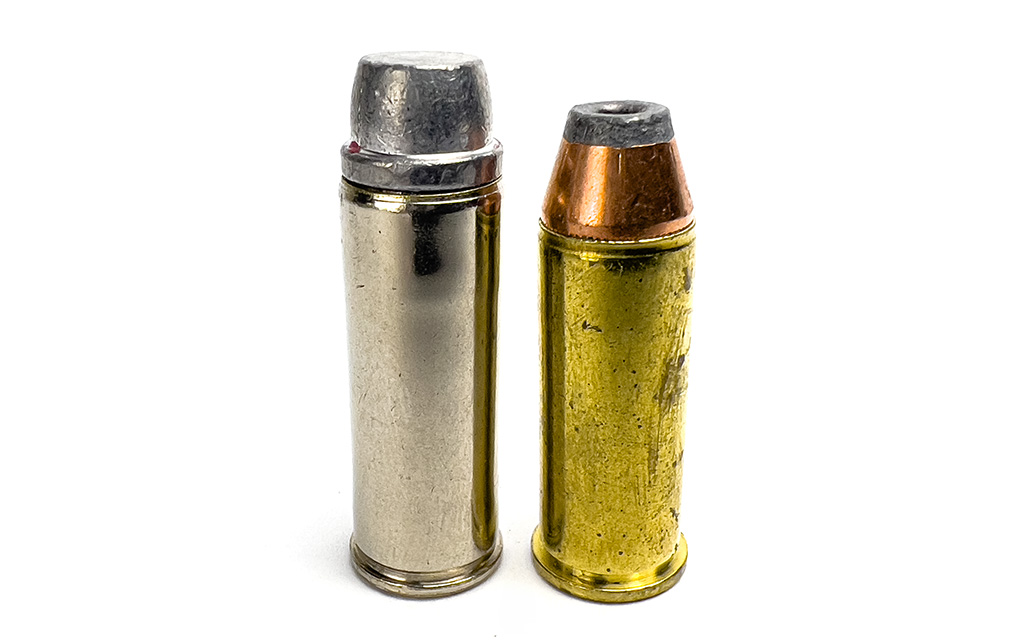
Subsonic loads will rarely, if ever, generate the “proper” number of foot-pounds for game. We’re talking rifle bullets going slower than most common 9mm practice loads. The subsonic game in my view throws conventional rifle bullet ideas out the window; it’s a somewhat new field all things considered. It’s only because the system of rifles, cartridges, bullets, suppressors and optics exist on the same level of advancement that we can begin to explore their combined benefits.
What needs to be addressed about subsonic loads is that, in most cases, we are taking a bullet out of a conventional rifle that’s simply slow. Take for instance the old 180-grain .308 Win. loads in the article photos: This was what we had before .300 Blackout, and it wasn’t altogether great. There wasn’t really a good way to stabilize heavy .30 bore loads in a common 1:12 or 1:10 twist; all these barrels were made for supersonic loads. The disparity in technology wasn’t a downside. Nobody was really serious about this type of load without suppressors in common usage. The thinking had to change, and as time wore on, it certainly did.
However, the ideas about the bullets themselves would take time to evolve.
The only general ways to increase effective lethality in subsonic loads is to increase mass or experiment with bullet materials to get a desired result. In my view, .30-cal subsonics are anemic for game, even with bullets of high mass for the caliber. To be absolutely frank, a 300-grain class, .338 bore is about the current technological peak of subsonic development. That said, I have been working with the 8.6 (.338) Blackout since commercial barrels came out, and the .338 bore represents a sweet spot that can be defined by the concept of sectional density.
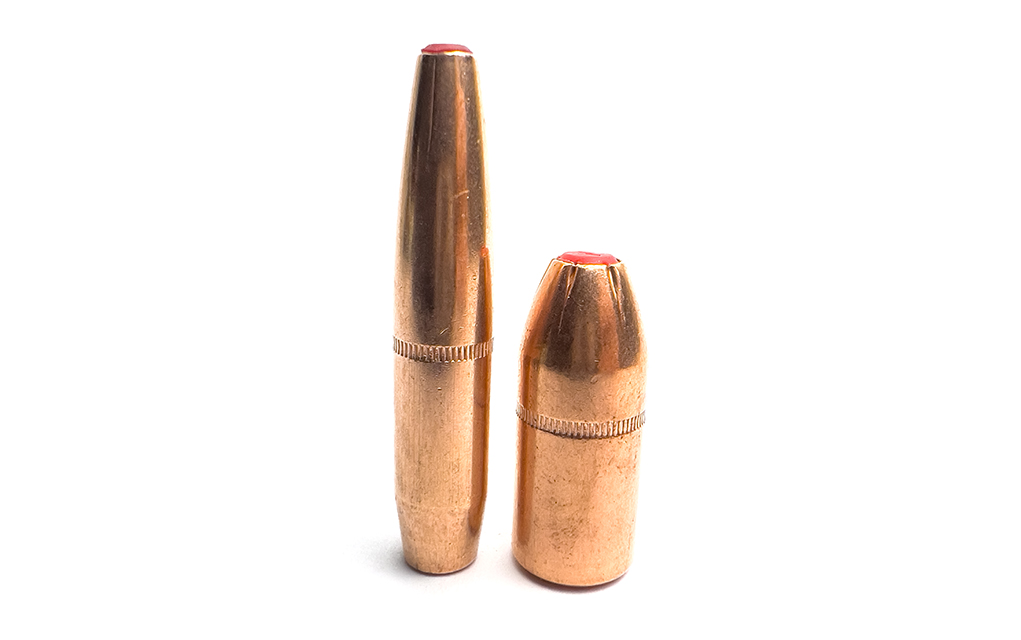
In layman’s terms, sectional density is a very important aspect of bullet performance in flesh. Think of it like a train. For the given width of a train car, you’re fixed. Now, keep adding train cars behind it, and you have more behind it in a linear fashion. The more cars you have, the harder you hit given the width of your initial car. This is a simple illustration, but it works.
Large-bore subsonics pack a lot of weight but are short in terms of sectional density. This is the difference between dedicated subsonic rifle bullets and slower bullets made for supersonic use. Thirty-cal subs lack enough mass to be firmly in that sweet spot, despite many having great sectional density. Forty-five-cal and 9mm-class rifle subs tend to be high mass, but short and fat, with wide frontal areas, making them less than ideal for penetration and velocity retention—not that you’re losing much being under the speed of sound as it is.
The .338 ARC, with its 307-grain Sub-X bullets and highly efficient case design, makes for very little powder consumption and a very effective, high-mass bullet that retains energy very well over the ranges subs are effective. Of note is the moderate twist rate it has as opposed to 8.6 Blackout, which itself has a super-fast 1:3 rate, making solid alloy bullets somewhat of a necessity to prevent jackets from stripping. The .338 ARC is, at least in my point of view, the superior cartridge in that it launches a more flexible bullet at the same speed with less powder in a smaller case. Larger bore subsonics take a lot more powder to push a less efficient bullet at the same speed.

There’s a larger debate on the merits of .338 ARC against 8.6 Blackout, but the former is a SAAMI-approved design, whereas the 8.6 is still a wildcat. Wildcats, of course, have merit, but in terms of what generates commercial success, the 8.6 likely has a limited lifespan, all things considered. We see this happen in many arenas where competing companies developed similar rounds for similar platforms at the same general time.
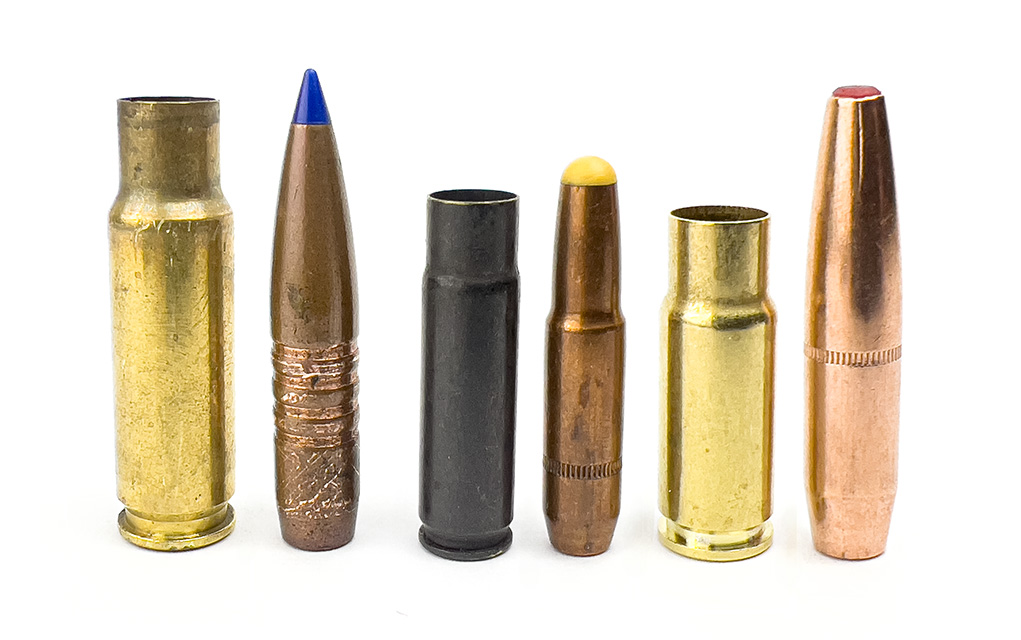
The 8.6 is a nice round; make no mistake that wildcats have been the basis for many of our favorite rounds. The twist rate is just, well, a bummer. The .338 ARC has the potential to be “the” subsonic chambering with all its many substantial benefits for reloaders and hunters. Picking an area to win is paramount today as we stray from jack-of-all-trades cartridges. Trying to accomplish too much has become something of a death sentence for otherwise great designs.
The Future
I suspect the .338 ARC will continue to develop as the premier subsonic field round. The jury is still out, as it’s very new—but the era of the dedicated subsonic cartridge is only beginning. In the realm we’re operating, there’s a lot being asked of a bullet, and, if the velocity is a fixed variable, the rest becomes subjective and open to experiments and trials.
We’re realistically working inside a fixed set of dimensions: the AR-10 and AR-15 mags, long and short bolt actions, and commercially viable bore diameters. The spectrum of what we can accomplish in terms of commercial success is limited and, for as much thinking we do outside the box, we need to see that within the box is where we’re innovating.
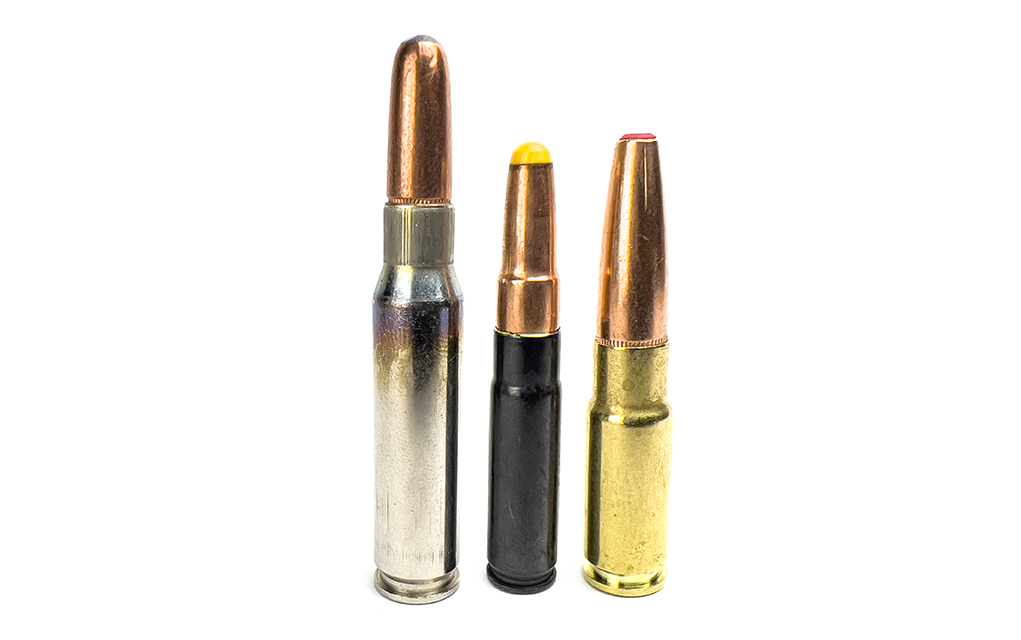
I look forward to seeing how these modern .338 bore rounds perform after several seasons and some more development by third party companies. I’m excited to slow down a bit and enjoy life inside 200 yards for a change. The fast stuff will always be getting faster, but there is a certain level of satisfaction that comes from waiting for something a bit closer and quieter.
Editor’s Note: This article originally appeared in the 2025 suppressor special issue of Gun Digest the Magazine.
More On Suppressors:

Next Step: Get your FREE Printable Target Pack
Enhance your shooting precision with our 62 MOA Targets, perfect for rifles and handguns. Crafted in collaboration with Storm Tactical for accuracy and versatility.
Subscribe to the Gun Digest email newsletter and get your downloadable target pack sent straight to your inbox. Stay updated with the latest firearms info in the industry.
Read the full article here


